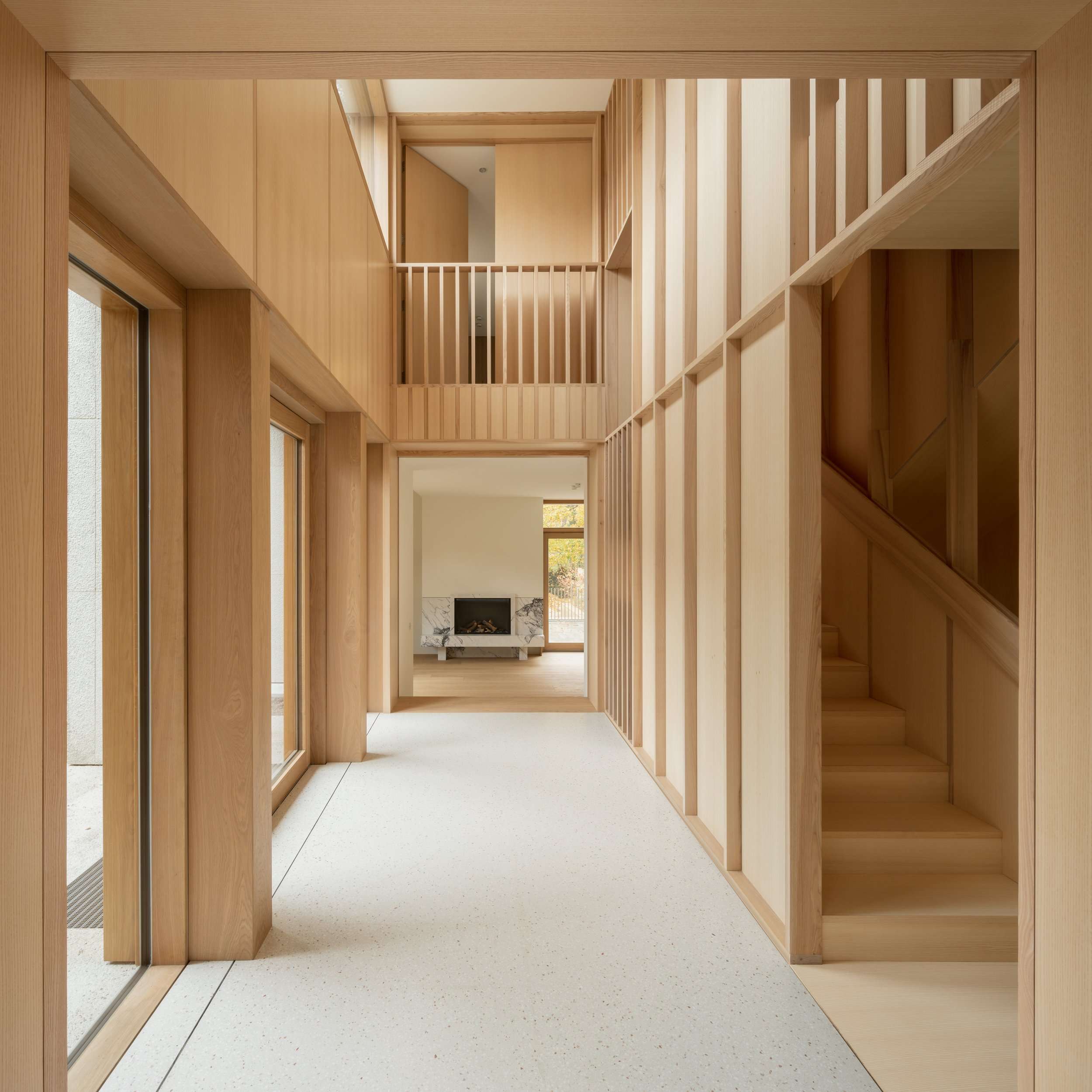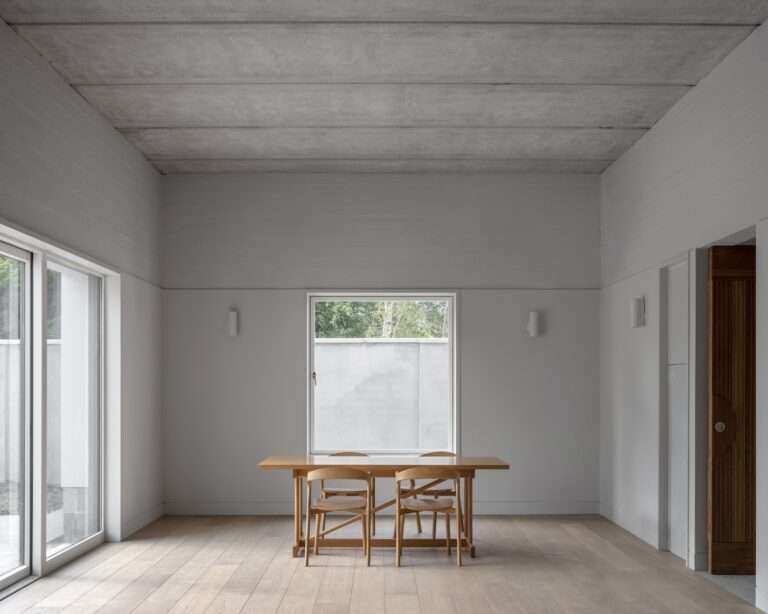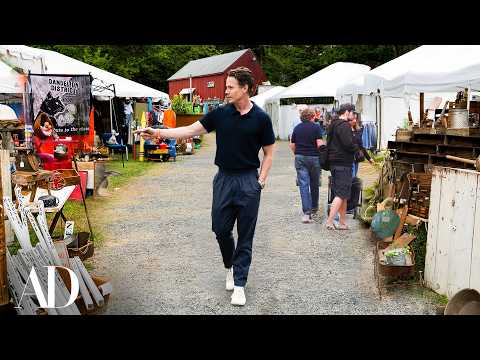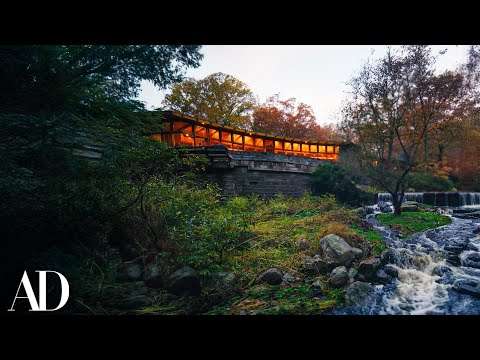
The latest housing project Fohlenweg by the London-based architectural firm O’Sullivan Skoufoglou Architects is built on the walling of an existing one-story house near Berlin’s Grunewald Forest. Adding a two-story volume, the shape of which was dictated by local planning laws, constituted the majority of the construction. A rectangular framed void, centrally located in the floor plans, is clearly the key component of this project’s design. It draws attention to the wide southern expanse that is encircled by the main entrance portico. A staircase winds its way next to this intriguing emptiness, providing glimpses of the surroundings at each half landing. It becomes the center of life, a point of effortless rotation that offers opportunities for both connection and reflection.
The outcome: balancing the site’s linear layout with the need for connecting rooms on various levels. The architects’ use of voids can be seen as an homage to Charles Moore’s New Haven residence, which, among other things, served as their source of inspiration. In contrast to Moore’s postmodernist design, which included three towers that were artistically integrated into the structure to provide room for voids and steps, Osullivan Sjoufouglou’s design just used one void to connect all of the various elements. A subtly sophisticated touch that was incorporated into the studio’s signature effortless minimalism. The choice of materials is based on carefully chosen components mixed with robust masonry components.
Like the neighboring woodlands, they withstand the test of time and age gracefully. The upper volume impresses with a precise and efficient mass timber structure crafted off-site. The dense and abrasion-resistant limestone façade, from southern Germany, adds captivating beauty as both cladding and ground paving. Geothermal energy manages heating and cooling, relieving the home of its reliance on conventional gas-based systems. As this mansion stands as a harmonious synthesis of nature, design, and endurance, the observer is left in admiration. Its attraction, influenced by creative vision and pragmatic sensibility, leaves a lasting mark on the architectural landscape and invites everyone to appreciate the beauty of intentional creation.




